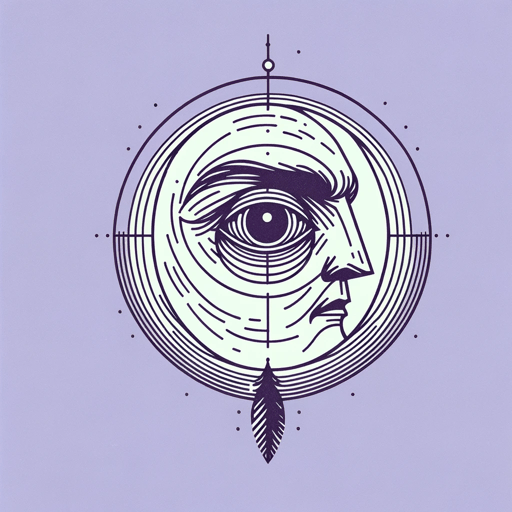37 pages • 1 hour read
Edgar Allan PoeThe Tell-Tale Heart
Fiction | Short Story | Adult | Published in 1843A modern alternative to SparkNotes and CliffsNotes, SuperSummary offers high-quality Study Guides with detailed chapter summaries and analysis of major themes, characters, and more. For select classroom titles, we also provide Teaching Guides with discussion and quiz questions to prompt student engagement.
Background
Literary Context: Gothic Literature
Poe’s work is often regarded as emblematic of the Gothic genre, which appeared in English literature in the late 18th century as part of the Romantic reaction against the rational and scientific focus of the Enlightenment. The first coherent example of this style is considered to be Horace Walpole’s 1764 novel The Castle of Otranto, which combines many of the elements associated with the Gothic: a sense of terror and wonder; a dark, remote location; a vulnerable heroine; and an atmosphere of death and decay. All these characteristics are meant to express inherent irrational human impulses and to inspire readers to consider that something might exist beyond the physical and rational. Long before the birth of psychoanalysis, Romantic art, especially Gothic art, explored the subconscious, hidden, and taboo desires that define human behavior.
“The Tell-Tale Heart” is an excellent illustration of Gothic literature, as the story’s tragic conclusion arises from two irreconcilable emotions felt by the narrator: self-professed love for the old man and the desire to kill him. These two emotions could be categorized as the conscious, or rational, side of the protagonist’s psyche and as the unconscious, or irrational, one.
Related Titles
By Edgar Allan Poe

A Dream Within a Dream
Edgar Allan Poe

Annabel Lee
Edgar Allan Poe

Berenice
Edgar Allan Poe
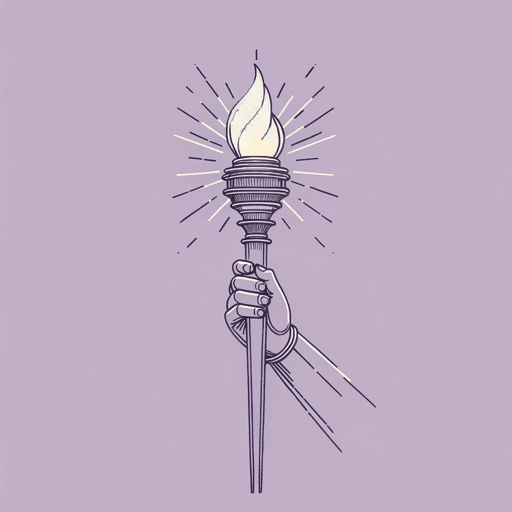
Hop-Frog
Edgar Allan Poe
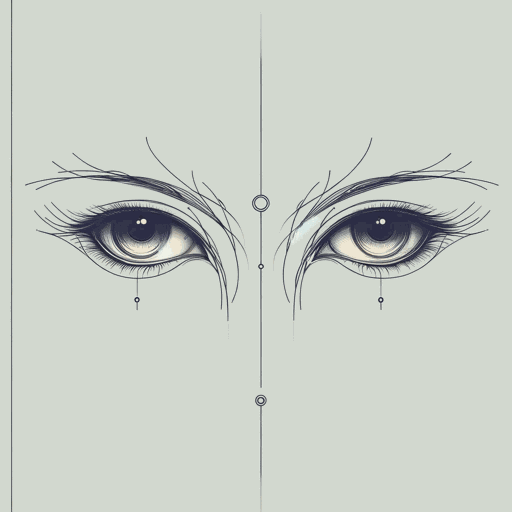
Ligeia
Edgar Allan Poe
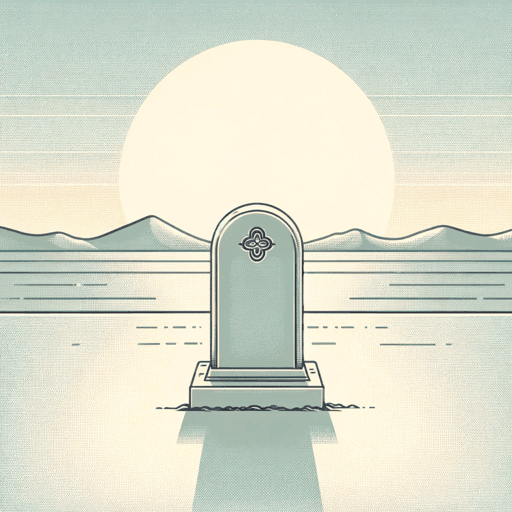
Tamerlane
Edgar Allan Poe

The Black Cat
Edgar Allan Poe

The Cask of Amontillado
Edgar Allan Poe

The Conqueror Worm
Edgar Allan Poe

The Facts in the Case of M. Valdemar
Edgar Allan Poe

The Fall of the House of Usher
Edgar Allan Poe

The Gold Bug
Edgar Allan Poe

The Haunted Palace
Edgar Allan Poe
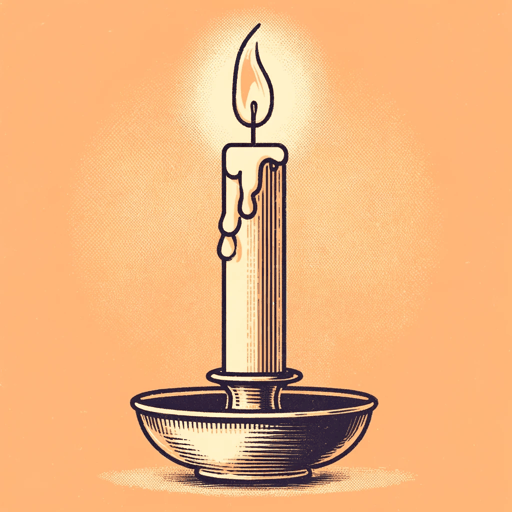
The Imp of the Perverse
Edgar Allan Poe

The Lake
Edgar Allan Poe
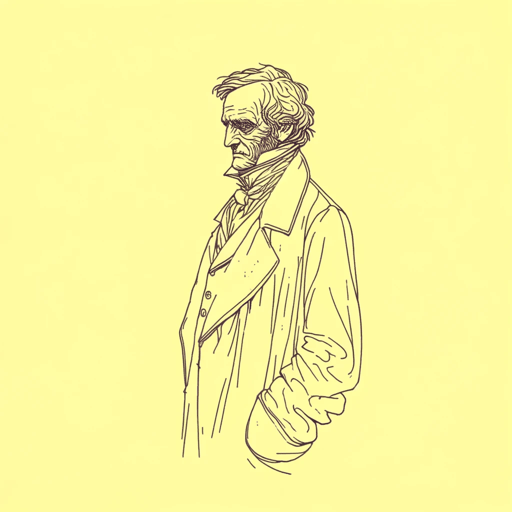
The Man of the Crowd
Edgar Allan Poe

The Masque of the Red Death
Edgar Allan Poe

The Murders in the Rue Morgue
Edgar Allan Poe

The Narrative of Arthur Gordon Pym of Nantucket
Edgar Allan Poe

The Oval Portrait
Edgar Allan Poe
